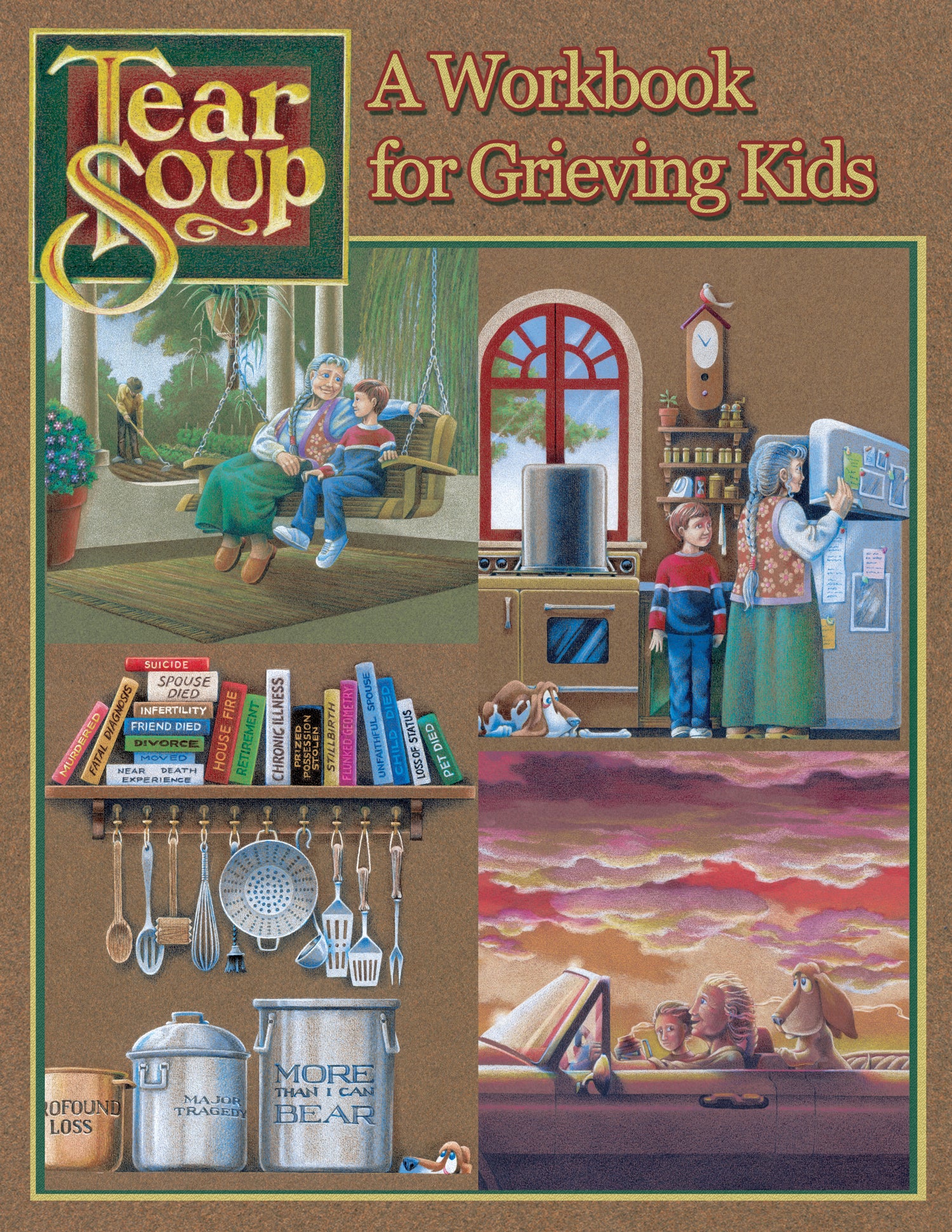Alright, so I wanted to talk about this book, ‘Tear Soup’. It’s one of those things that kind of finds you when you need it, or when someone you know does. I’d heard bits and pieces about it here and there, but never really dived in until a little while back.

My First Encounter
It actually came onto my radar properly because of my neighbor, old Mr. Gable. His wife, Mary, had passed after a long illness, and he was just… adrift. You know how it is. People bring casseroles, say their piece, and then life moves on for them. But for Mr. Gable, time had sort of stopped. I’d see him trying to potter in the garden, but his heart wasn’t in it. I was wracking my brains, thinking, what can you even do for someone in that spot?
Then I remembered someone mentioning ‘Tear Soup’ in a completely different context, something about a workshop on grief. The name sounded a bit peculiar, maybe even a little childish, I thought at first. But it stuck. So, I figured, heck, let me check this out. Couldn’t hurt, right?
Getting into the “Cooking” Process
So, I got myself a copy. I’m a big believer in trying things out myself before I even think about suggesting them to someone else, especially something as delicate as this. I sat down with it one afternoon, expecting a quick read. Boy, was I wrong.
It’s not a hefty book, not in pages. But the weight of it, the message, that’s another story. It’s all about this woman, Grandy, who’s making soup. And this soup, well, it’s made from her grief. Her tears, her memories, the good, the bad, all of it. The whole idea is that everyone makes their own tear soup, and everyone’s recipe is different. There’s no right or wrong way to do it.
What really got to me was how it laid out the ‘ingredients’. It wasn’t just sadness. It was things like:
- A good dose of loneliness.
- A pinch or two of anger (sometimes more than a pinch!).
- Sweet memories that make you smile and ache at the same time.
- Big chunks of confusion.
- And the cooking time? Well, that’s different for everyone. Some soups simmer for a lifetime.
Grandy doesn’t rush it. She doesn’t apologize for her soup. She just lets it be. That was a bit of a revelation for me. We’re always told to ‘be strong’ or ‘get over it’. This book just says, nope, feel it. Let it cook.
Sharing the Recipe, So to Speak
After I’d read it, I felt it was the right kind of thing for Mr. Gable. Not preachy, not full of platitudes. Just… gentle. So, I took it over. Didn’t make a big song and dance. Just said, “George, I came across this book. Thought it might speak to you. No pressure at all.” Left it on his kitchen table.

I didn’t hear anything for about a week. Then, I saw him outside, actually tending to his roses. He looked up, gave me a small wave. Later that day, he called. Said he’d read “that soup book.” His voice was a bit steadier. He said, “You know, that old lady in the book, she gets it.” He told me he’d been trying to hide how he felt, put on a brave face. The book sort of gave him permission to just… grieve. To make his own soup, at his own pace.
It wasn’t like a magic fix, of course. Grief’s not like that. But it was a tool, a companion. It helped him feel understood without anyone having to say much at all. He said he kept it by his chair, and sometimes he’d just open it to a random page.
So, yeah, that was my journey with ‘Tear Soup’. I ended up buying another copy for my own bookshelf. It’s a quiet little book, but it speaks volumes. It’s a good reminder that we all have our own pots of soup to tend to at different times in our lives, and that’s okay. Definitely a practice worth sharing.





